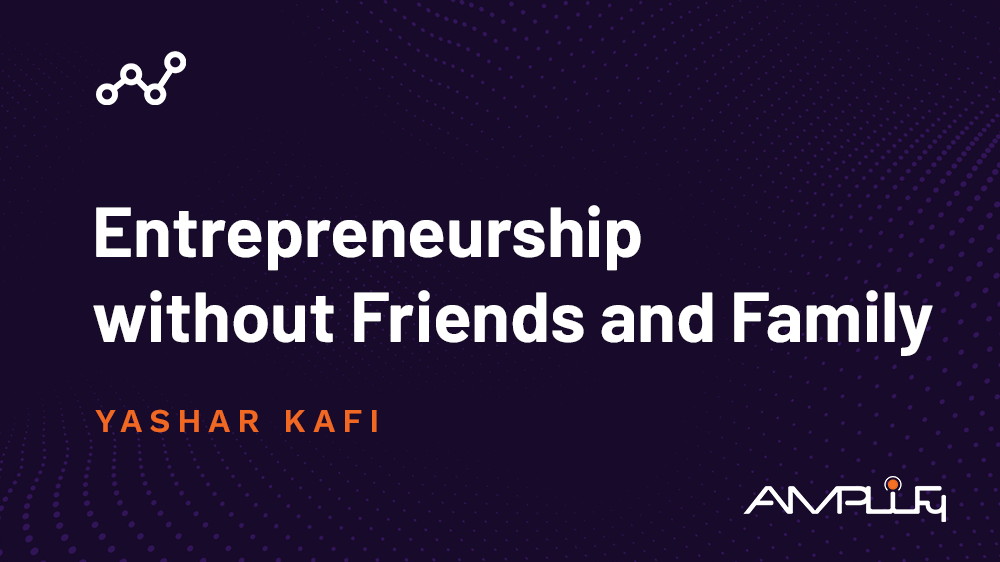Entrepreneurship without Friends and Family
Imagine that you have started a new business. Having already spent years in the industry at a few high-profile companies, you now believe you have the rolodex to strike out on your own. You create your product/build your services, and you have many new potential customers. Everything is going well, save for one major problem: none of your friends or family are supporting your business. And even worse, when you try to talk to them about it, they shut you down or move on to other topics. Not only do you not have a professional safety net, but you do not have a personal one, either.
Nearly every entrepreneur I have ever worked with has told me some version of this story. It is not uncommon for company founders to experience difficulty in
persuading their family and friends to purchase products
to help their fledgling business grow. This can lead to understandable frustration: for many, it will seem as though literal strangers are more willing to support their business than those they know and trust the most. But what is it exactly that causes this hesitation?
One possible explanation is the potential ramifications this support can
have on personal relationships. Close friends and family members may be hesitant to invest in a business for fear that problems or conflicts might negatively affect their personal relationships. In short, they may believe that saying “No” is a safer option than risking damage to their friendship or larger family dynamic. It goes without saying that strangers, however, do not share the same concerns of investing in an entrepreneur’s business and are able to see the product (and the business itself) for what it really is.
We must also not underestimate
the role that familiarity bias plays. This powerful cognitive bias can induce individuals to perceive what is familiar as more valuable or trustworthy. Now, this is going to appear counterintuitive, but the business of an entrepreneur is more unfamiliar to friends and family than the business of someone they have never met. This is because they have a long-lasting familiarity with
the other product. As a result, they are also more likely to be critical of the entrepreneur—has this person demonstrated sufficient expertise or experience, is their business too risky?
On the other hand, strangers are introduced to the entrepreneur’s business through advertising or marketing campaigns, which presents them in a more professional and credible light. This initial exposure can create the requisite trust and reliability that is not always possible with close friends and family. Additionally, strangers may be more inclined to support a fledgling business (and, therefore, the entrepreneur), seeing it as an opportunity to invest in something new and exciting.
With that said, entrepreneurs should be mindful of
the concept of social proof. Social proof refers to the phenomenon whereby individuals are more likely to trust and follow the actions of others. For example, if a business can demonstrate that others have already invested in their services or products, they can create a powerful incentive in the minds of potential customers, including friends and family. By harnessing the power of social proof, entrepreneurs can demonstrate to their loved ones that their business is viable and that they are worth the investment.
It is no wonder why entrepreneurs experience frustration when their close friends and family are reluctant to invest in their business. However, instead of losing hope, they should focus on building trust through their network with professional marketing campaigns as well as by leveraging social proof and a strong online presence. Success with this approach should allow them to overcome some of the effects of familiarity bias with strong social proof. In the end, entrepreneurial success requires the ability to overcome obstacles while continuing to pursue growth and innovation. A lack of familial support is not ideal… but it may be the catalyst you need.




